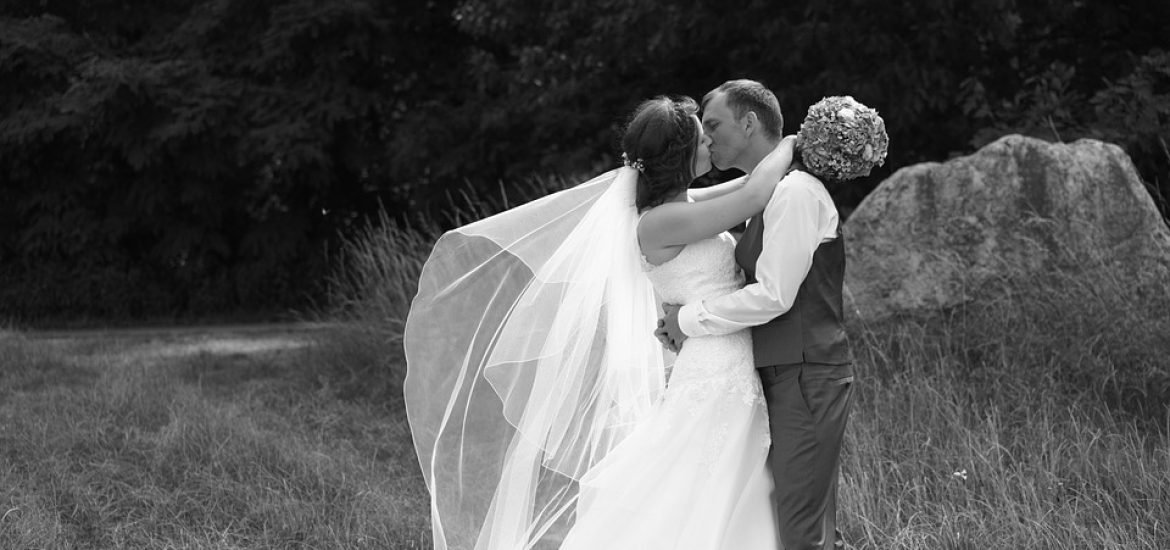
A new study from an international team of psychologists and neuroscientists suggest that humans are hardwired to favour leaning to the right while kissing a romantic partner.
A new academic paper, just published in the journal Scientific Reports, investigates kissing behaviours – including a bias for turning the head to one side. Building on previous work from Western countries, researchers from the universities of Bath, Bath Spa, and Dhaka (Bangladesh) found that people are hard-wired to tilt their heads to the right when kissing.
The side you chose to lean towards when you go in for a kiss may be affected by various perceptual and behavioural phenomena. It might also be related to a number of physical instincts that humans are born with. In Western societies it is commonplace to see people kiss in public, on television, and in films – and this imagery is very likely to have affected the people’s behaviour. This research, however, studied 48 married couples in Bangladesh, where kissing is hardly observed in public, and is actually censored from television or films.
The couples were asked to kiss privately in their homes and independently report on different aspects of the kiss. It found that men were about 15 times more likely to initiate kissing than women, and that both partners preferred to lean their heads to the right. It also found the kiss recipients have a tendency to match their partners’ head-leaning direction in order to avoid the discomfort of mirroring heads.
“This further suggests the underlying cognitive mechanisms of the act of kissing and head turning,” explained Dr Rezaul Karim, from the department of psychology at the University of Dhaka. “Though this action tends to be performed intuitively, a decision must be made about the direction to which the partners should lean to kiss each other.” “Prior works could not rule out cultural learning due to having Western samples. It turns out that we as humans are similar even if our social values differ,” Dr Michael Proulx, from the department of psychology at the University of Bath added.
More than two thirds of kiss initiators and kiss recipients turned their heads to the right. The data also revealed that being left or right-handed predicted the head leaning direction of the person that initiated the kiss. It suggests that the act of kissing is determined by the brain splitting up tasks to its different hemispheres: specifically the functions in the left cerebral hemisphere, located in the emotion and decision-related areas of the brain. Testosterone, which is unevenly distributed between the two parts of the human brain, may be causing a bias toward turning right, too.
This post is also available in: FR (FR)DE (DE)